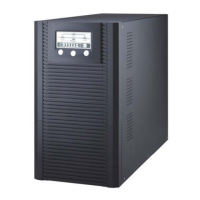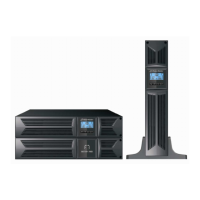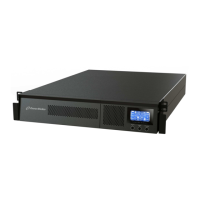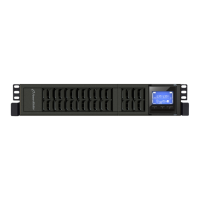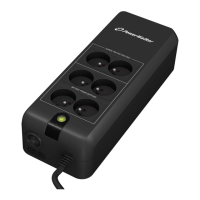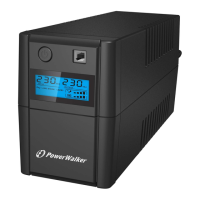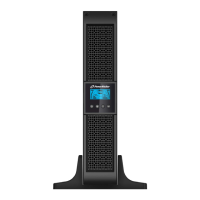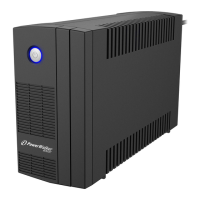What does Battery over voltage mean on PowerWalker UPS?
- JJason JohnsonAug 17, 2025
If your PowerWalker UPS indicates battery over voltage, it means the battery is overcharged. The charging will stop automatically, and after the battery voltage returns to normal and the mains power is stable, charging will resume automatically.


